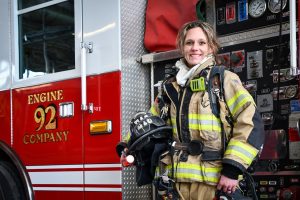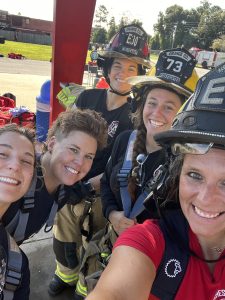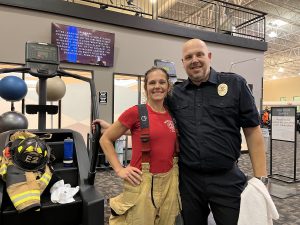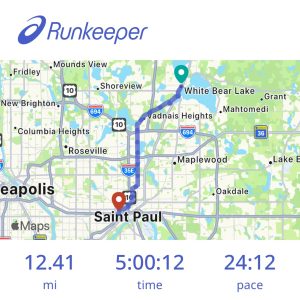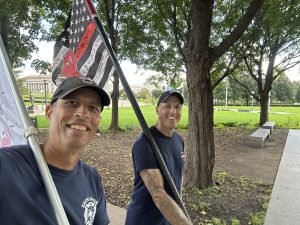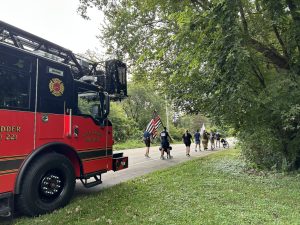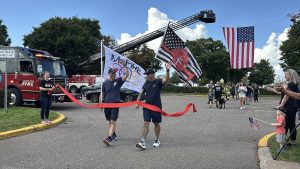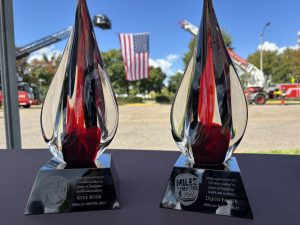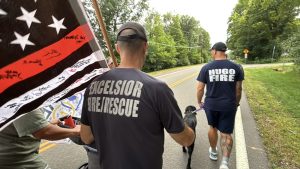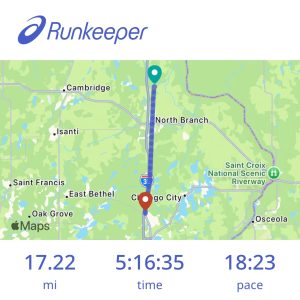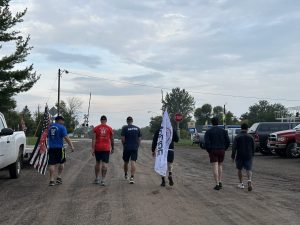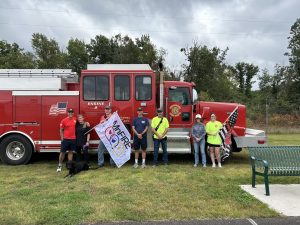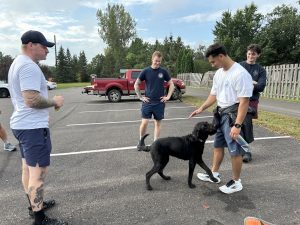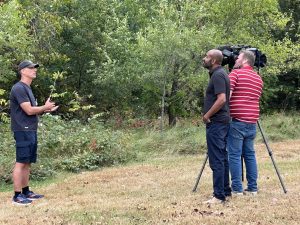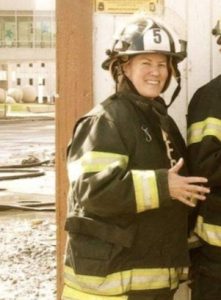
The variety that comes with a fire service job is one of the reasons Tracy Terbell was excited to go to work every day. But after more than 20 years with the Minneapolis Fire Department and experiencing some highly traumatic calls, she started to struggle both on and off the job. As a result, Tracy turned to drinking to relieve some of the pressure.
She was unhappy, lost and knew she couldn’t continue down this path, so she started considering early retirement, but was worried about not having work to anchor her daily schedule and life.
Balloon popping inside
Eventually, in 2022, the burden became too much to handle. While at work one day, Tracy confided in her captain about her struggles and broke down in tears. In a supportive gesture, she was advised to go home but Tracy knew she could not be alone and stayed on for the remainder of her shift. She described the day like a “balloon popping,” as she was no longer able to contain her stress and sadness.
She initially worried about her “secret” being out among the department, but getting the word out and involving more people was a lifesaver for Tracy.

Access to support and resources
A fellow firefighter from Tracy’s rookie class was instrumental in helping her access the Hometown Heroes Assistance Program and navigate the initial calls to MnFIRE’s confidential helpline to receive her five no-cost therapy visits.
Once the door was open, she was paired with a therapist who met with her in person. At the time, it was hard for Tracy to leave her house, so in-person meetings with her therapist were critical for her path to becoming a stronger and healthier firefighter.
Building resilience and tools
Tracy credits MnFIRE and her therapist – who she still works with today – for her newfound resilience and the tools she’s equipped to use when times are tough. For example, on her second shift back after rehabilitation from a knee injury in 2023, she responded to a horrific, upsetting call and was better prepared to care for herself by applying the skills she had learned in therapy.
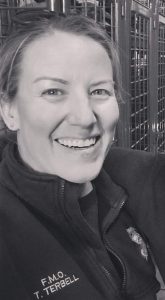
Tracy hopes the stigma around mental health, particularly for firefighters, continues to decrease, and admitting you need time and resources to work through traumatic experiences should be viewed as a healthy outlet by more people.
“Taking the first step and continuing with my therapy sessions has made me a better firefighter and a better crew member,” says Tracy. “The aftermath of some upsetting calls, compounded by other life experiences, was taking away my strength and competence on the job. I needed help.”
Since you can’t physically see a mental health crisis, it’s often hard for others to understand. Tracy compares it to finding a lump or other concerning physical symptoms that people seek medical attention for without hesitation. The same approach and outlook should be taken for emotional trauma.
Spreading the word about MnFIRE
Creating a more resilient first responder force is good for everyone. As Tracy says, we want and need healthy firefighters, police officers and emergency medical professionals showing up and ready to commit to critical calls and upholding public safety needs.
MnFIRE’s helpline is available 24-hours a day at 888-784-6634 for all active Minnesota firefighters and their families – select option 1 for no-cost counseling visits and option 2 for peer support. Check out our new video that shares an overview of these impactful resources in action.

